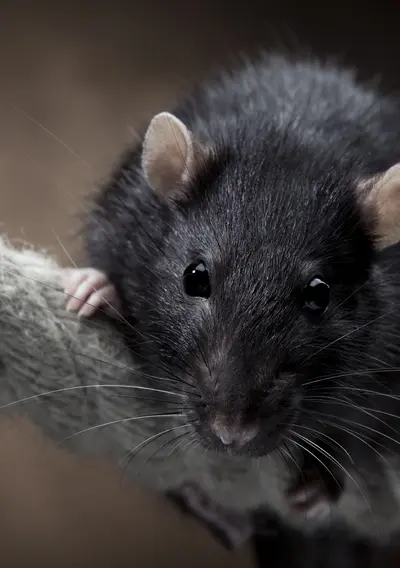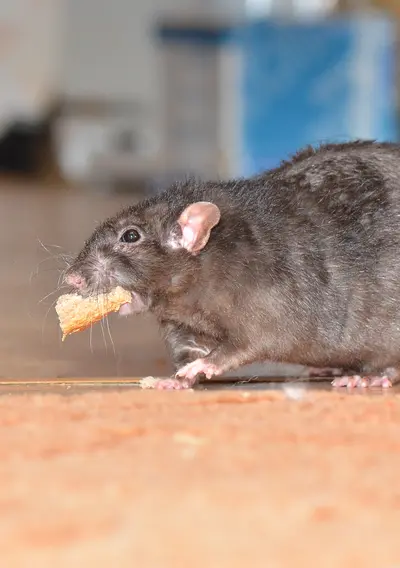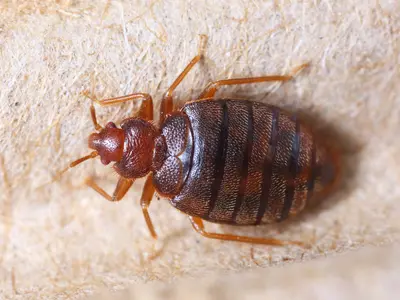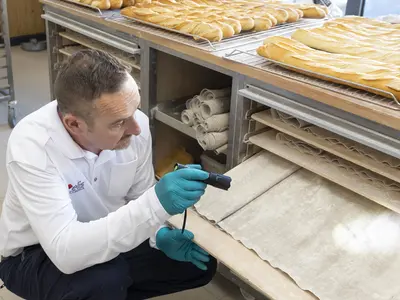Avoid rats invasion !
Rats invasion
The two most common species in Europe today, are the brown rat (Rattus Norvegicus) and the black rat (Rattus Rattus). Despite their Latin name, these two species come from Asia.
They started their world invasion during the IV (fourth) century alongside the beginning of the maritime and terrestrial flows of human transport. They even became a symbol of maritime transport thanks to the adage stating that if rats leave the ships then the journey is doomed to fail.
Rats have always been close to humans, feeding on their waste, and invading their living space. Indeed, these rodents find the best conditions for their proliferation in housing: food, warmth, dry shelter, about everything they need to build a good home. In recent years, rats have grown more numerous, and their infestation has become even more problematic. Provoking for many people an absolute and uncontrollable fear, called musophobia.
Clever as a rat
You’ve heard of being clever as a rat. It is because these little geniuses are naturally suspicious of everything and have developed an intricate way to communicate with each other to spot any kind of danger. Their urine is for them an important marker of their territory, of the reliability of a food, or to know if one of their companions is part of the same nest as theirs.
This small animal is full of resources and can make our daily life a real nightmare. We must remember that they are sources of nuisance of all kinds. Whether it is by inflicting material damage, or by carrying pathogenic germs or even causing psychological phobias.
Treat rat infestation
Dealing with a rat infestation can quickly become a real ordeal. Thanks to their malleable skeletons, they can hide in the smallest nooks and crannies, whether in walls or ceilings. Moreover, if you see one, there is a good chance that a nest has been established nearby. The use of rodenticide may be possible, but it can be risky and dangerous to use them without an expert eye.
Our Pest Control teams are trained in the procedures and operating methods for using rat control solutions to treat rat infestations. They are also familiar with the lifestyle of these pests and adapt their treatment to the characteristics of your premises and the level of infestation. Our experts also guarantee precise monitoring to ensure the complete disappearance of these little beasts from your premises.
All our specialized technicians have the Certibiocide certificate in accordance with the regulations.
How to identify a rat infestation
- Scratching noises
- Traces of paws in the form of mini scratches
- Black droppings grouped together, 2 mm (0.1 inch) in size
- Smells of ammonia
- Traces of fat along the walls
- Traces of teeth due to the growth of their incisors
- Gnawed threads
Elis expertise
Elis Pest Control is there to support you and offer you its pest control service while being mindful of its environmental impact. Indeed, we implement the integrated pest management method, which consists of adopting innovative techniques and solutions that respect the environment.
We help you to create a healthy environment, allowing you to develop spaces with a minimal risk of rat invasion.
Contact us for more information or a quotation
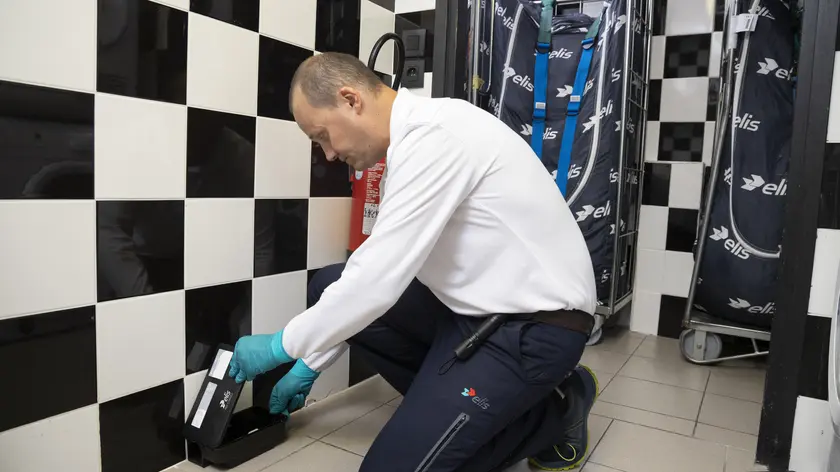
Elis Pest Control commitments
The good habits to have to prevent the infestation
- Take out the garbage regularly
- Keeping garbage cans closed
- Avoid accumulation of objects
- Clean up food scraps
- Keep food in airtight containers
- Make sure the premises are airtight
- Fill cracks and holes
- Install door sills
- Cut off all water to rodents
What are the characteristics of rats?
- Malleable skeleton
- Life span between 2 and 3 years
- Weighs between 120 and 250g
- Measures between 15 and 20 cm (6 and 8 inches) without the tail
- Its incisors grow on average 10 cm (4 inches) per year
- From 3 to 10 litters per year, with 3 to 10 young each
- A pair of rats can produce 1500 offspring per year
- It consumes 10% of its weight per day
- Highly developed sense of hearing, smell and taste
- Poor eyesight
Infestation risks
- Eat away at all materials: wood, concrete, steel, plaster, electrical and computer cables
- Can be a source of fire by damaging electrical wires
- Undermines building foundations by digging burrows
- Food loss to crops, food chains and stored food production
- Financial risks to repair rat damage
- Carriers of pathogens that cause disease, contaminating water, food, and the environment
- Psychological risks, an infestation can be a major source of stress
Discover more about Elis
If you need information or a quote for your project, our teams are here to help. Contact us!
*Required fields
Account details











